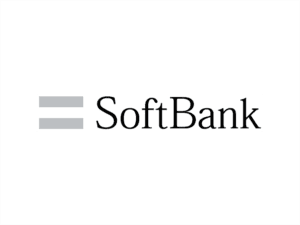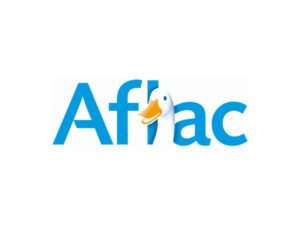Nok Nok Shares The Passwordless Journey: Here’s What You Need To Know
Passwords have been used for many years to protect data and accounts. Despite being used for security purposes, using passwords is not always the best option. That is especially true when combatting cyber security threats. In fact, passwords can be seen as a weakness.
The Passwordless Authentication Path
Various risks come with the use of passwords. For example, users can forget about them. They are also easily compromised since many reuse passwords across different systems. Passwordless authentication is seen as a better alternative.
As the name suggests, password-free authentication includes the use of alternative authentication methods instead of relying on passwords. Common methods include the use of a secondary device or account for verification and biometric authentication.
Aside from reducing cyber security risks, going passwordless can help make reduce friction so that users will have a smoother experience. On the side of an institution, it helps reduce expenses. At the same time, it can help increase sales or the number of users.
Implementing Password-Free Authentication For Cyber Security
There are different ways of applying passwordless authentication. It is also more complex than one may think. Depending on what a company chooses, it may require having dedicated development resources for a long time.
Fortunately, working with a trusted service provider can help organizations skip some steps. In fact, with the help of a service provider, organizations can easily implement passwordless authentication for their users.
What Nok Nok Has Learned
The passwordless journey does not happen overnight. That is one of the main points Nok Nok has pointed out in its presentation at Authenticate 2021. The reasons for this include existing systems and processes being deeply rooted in security practices. It also takes a lot to develop behavior change, which is something necessary to fully adopt passwordless authentication. Additionally, the passwordless journey is typically included in a larger digital transformation.
Nok Nok also shared some of its experiences in applying password-free authentication in systems from different institutions. Based on the results of these partnerships, Nok Nok is proud to share that all companies have seen success.
Among the most notable statistics include the following:
- 10% improvement in onboarding success
- 50% reduction in onboarding time
- 6% increase in sign in success
- 78% increase in sign in speed
Going password-free comes with many benefits for both the institution and end-users. However, it is important to ensure proper implementation.
If you want to learn more about safer authentication techniques for better cyber security, contact us at Nok Nok.









